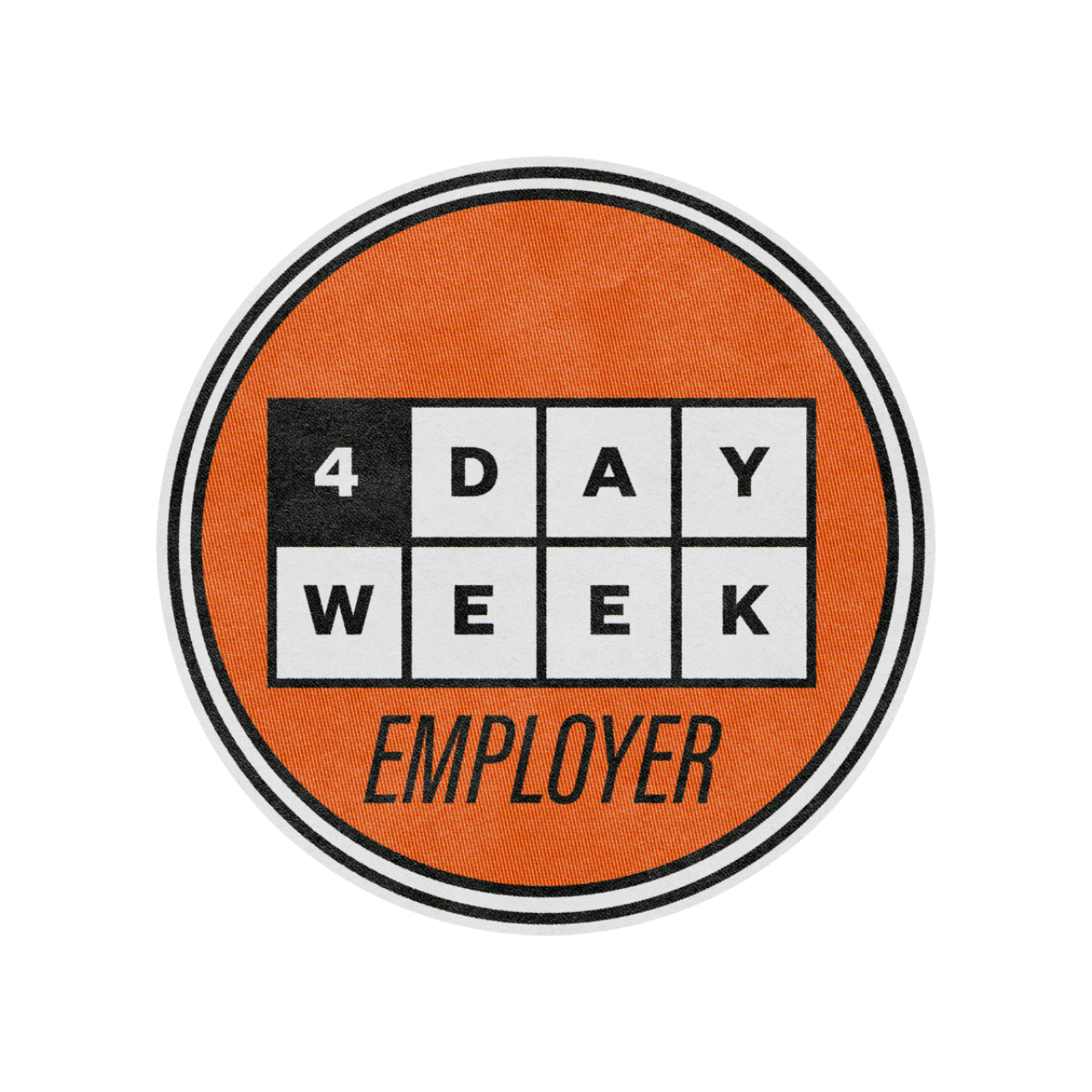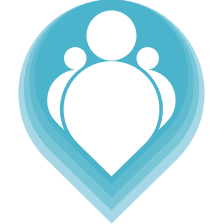At Teampoint, we’ve made a big change: our full-time team members are now working a 32-hour week across four days, with no reduction in pay.
We believe this step forward will improve well-being, strengthen team morale, and create a healthier work-life balance — and we’re not alone. Trials from organizations like 4 Day Week Global and Autonomy have shown shorter workweeks can increase productivity, reduce burnout, and even improve recruitment and retention.
But we also know that implementing a new work model means real, human-level change — with all the hopes, uncertainties, and practical questions that come with it.
To understand how our team feels about the shift, we ran a short internal survey. Here's what one of our employees had to say.
Adapting to the Change
“Fewer formal hours is a relief. I’d still put in a bit extra when needed, but hopefully not all the time.”
The initial response was cautiously optimistic. While adjusting routines will take time, the idea of more focused work within a shorter week felt positive. Still, not everyone is sure how things will pan out — especially when it comes to maintaining productivity:
“I think fewer hours can lead to better morale, which can lead to increased productivity — but it’s theoretical at this point. Fewer hours are… well, fewer.”
Some team members weren’t entirely sure what kind of support they’d need — but emphasized that success may rely as much on individual discipline as on structural changes.
Impact on Life and Well-being
“I get more time with the kid — which is a good change of pace. Currently, I think he’s come to hate this chair I sit in all day.”
Responses about personal life and health were overwhelmingly hopeful. Extra time away from screens and meetings means more presence at home — especially important for those with young children.
In terms of mental health, the four-day week was seen as a small but meaningful improvement:
“Any day I don’t have to formally deal with customers is a good day! I like to be helpful, but sometimes it gets on my nerves.”
Physical health also got a thumbs-up, with one team member saying:
“Not sitting in the chair and running after the kid can only be good for my health, I think!”
Concerns and Expectations
Of course, no change comes without challenges.
“Just being reasonable about it… I don’t think work will get less. Whatever I don’t deal with on the fifth day will be waiting when I get back.”
Concerns focused on compressed workloads and the risk of tasks simply piling up across fewer days. Still, hopes for a better work-life balance were strong — particularly the desire to make the same impact in less time, and reclaim a little space for life outside of work.
Choosing the Four-Day Model
When asked what kind of workweek they'd prefer, the answer was clear:
✅ A four-day workweek with current pay
Why? As one employee put it:
“Chasing after a difficult 2-year-old is a full-time job and a half — so any reduction in job hours is welcome.”
The Rollout and What Comes Next
Team feedback on the rollout was positive. The option to opt-in — along with time to consider — helped ease the transition.
“It didn’t feel like it was pressed upon me.”
Suggestions for ongoing success included clear workload prioritization and regular check-ins, though the employee felt these are already mostly in place.
Risks and Rewards
Asked about potential risks, one concern stood out:
“That the workload expectations aren’t matched after all.”
But the potential benefits were just as clear:
“Better morale, increased productivity — or hopefully both.”
Final Thoughts
“I hope we can manage this transition without any degradation of productivity or professional relationships. My concerns are the opposite of that.”
As we move into this new chapter, we’re open-eyed and hopeful. We know some adjustments will be needed. We also know we’re not alone — many teams and companies are exploring what the future of work should look like.
If you or your organization has already made the shift to a four-day week, or you’re considering it, we’d love to hear from you. What worked? What didn’t? What surprised you?



 Copyright © 2024. TeamPoint Software Ltd
Copyright © 2024. TeamPoint Software Ltd